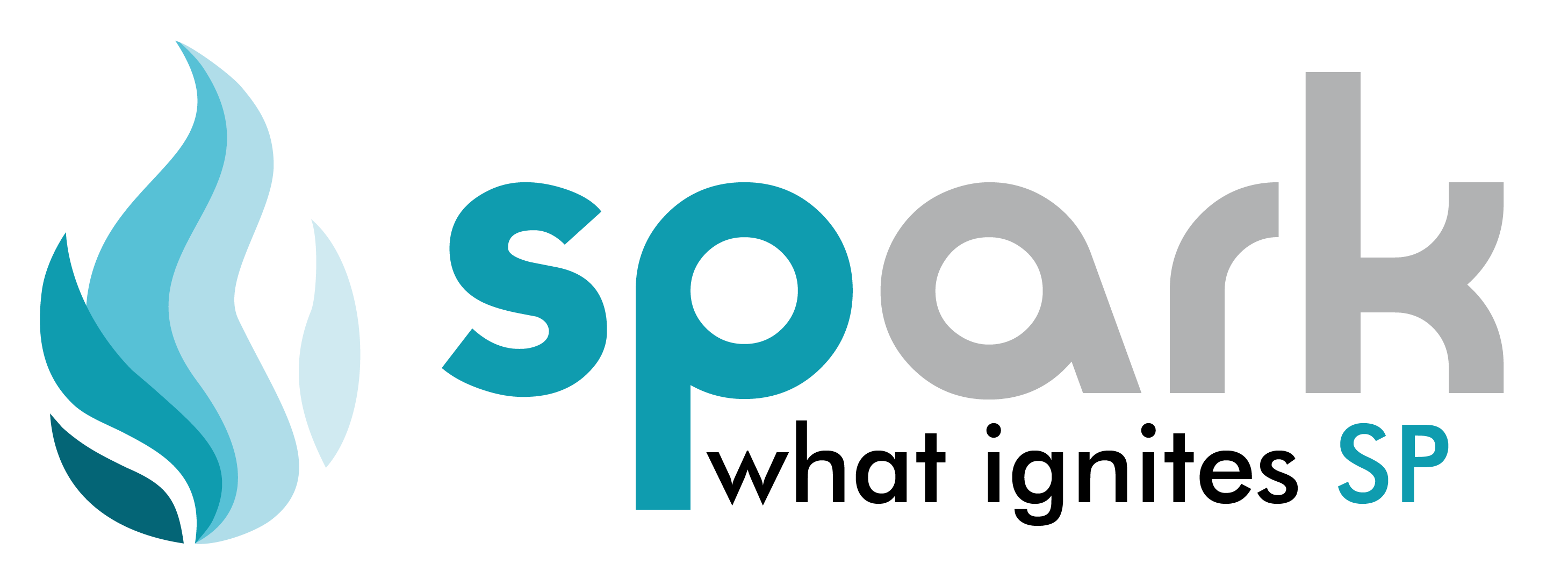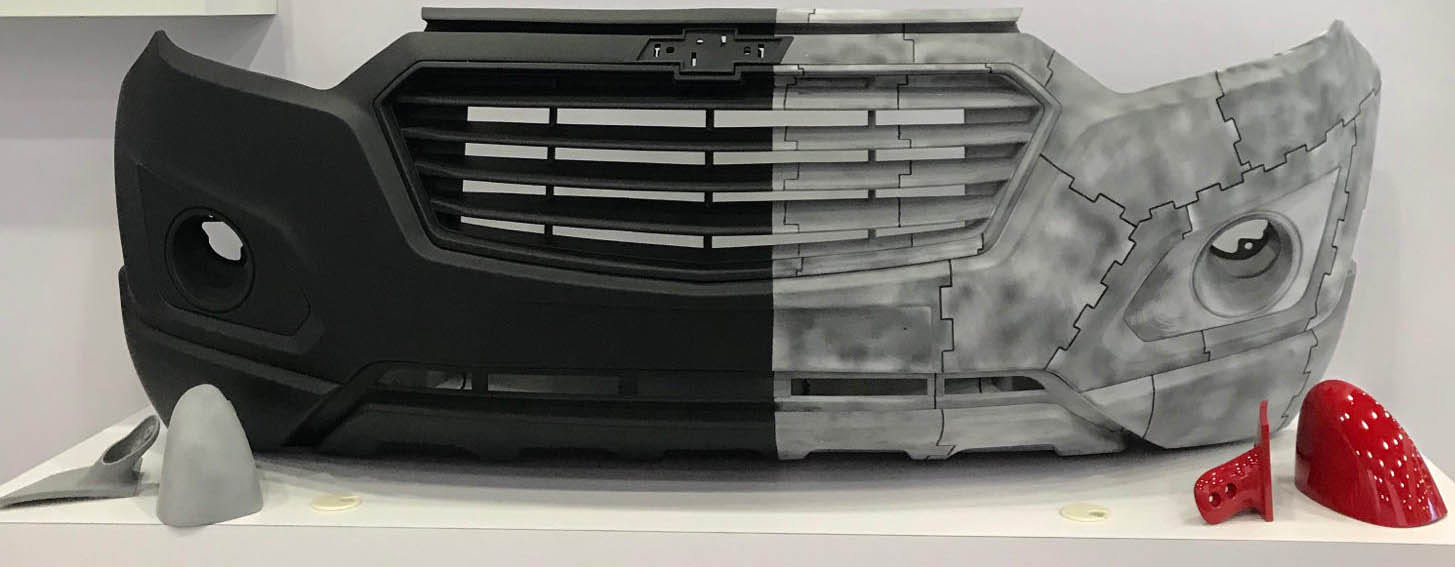Do you ever wonder how it would be if you had the liberty to design anything that you wanted to, with no limitations of any sort?
Many people who have heard about 3D printing may not realize its impact in its applications in the automotive industry. People mostly use 3D printers for small scale designs in high schools, colleges, or malls.
As automobile manufacturers constantly strive to deliver better performance and driving experience, they have started to adopt 3D printing to face new production challenges. Initially, the techniques used were to develop prototypes of car parts. But these were weak and couldn’t be sustained for a long time. With the use of better equipment, car manufacturers can produce not only 3D printed prototypes but also other parts which are directly ready to be fixed into the cars.
There are times when manufacturers require individual parts when something from an older car does not fit the updated design requirement. Using traditional manufacturing methods, which might involve using moulds, can be expensive. This comes as a downside when manufacturers are trying to reduce costs. That is where 3D printing comes in. In such a scenario, 3D printing provides a more flexible and cost-effective alternative. When it comes to prototypes, for example, if one component design isn’t working well, engineers can make adjustments and then print an alternative and then see how it performs. They can even print slightly different designs of the same component on different prototypes, engaging in real-world testing to see which solution is the all-around best. All these factors, combined with engineering, designing, and manufacturing processes, substantially increase the reliability factor of the car.
With the ability to print certain components, automakers can use the opportunity and provide more customization at lower costs. Not only does this change the overall appearance of the car, but it can also be used to improve performance-related attributes. This allows automakers to capitalize on the opportunity to maximize profits. The ability to produce viable end parts, paired with the designing freedom that 3D printing allows, means that more complex components can be incorporated into vehicles, furthering innovation in aesthetics and performance.
Another advantage that 3D printing brings is the ability to supply hard-to-find or non-existent parts for classic models. It helps in boosting the brand image as owners of these cars get to display them again. Being able to 3D print the missing part solves the issue without car companies having to maintain an ever-expanding inventory of old parts they may never need again. It gives manufacturers the ability to produce parts on demand.
One of the upcoming trends in 3D printing for automotive applications is printed cars. Divergent 3D is a startup in the automotive industry that is looking to cut production costs of printing automobiles. Other than having the accomplishment of manufacturing the world’s first 3D printed car, Divergent 3D works on creating parts which have a lower carbon footprint. They can convert powdered metal into car frames and other car parts by heating it to its melting point and then shaping it with the help of a laser.
Not only do car manufacturers use 3D printing for prototypes and select customizable parts, but as 3D printing technology evolves, so does its ability to produce end parts for industrial use. For instance, 3D printing allows automotive manufacturers to consolidate multiple parts into one. This helps decrease the vehicle’s overall weight while increasing fuel efficiency.
Lighter weight cars bring in more efficiency, irrespective of the engine type. This helps increase acceleration, handling and braking power. These factors push 3D printed cars to initially enter as better performance vehicles rather than the regular commuter vehicles.
In conclusion, 3D printing can offer numerous benefits, and not just in the automotive industry. However, it will still take time to replace the existing manufacturing methods. It is an emerging technology with some disadvantages that need to be considered when selecting a product development method. The cost of production, the time taken and the feasibility of the processes along with the quality offered are all the factors that are needed to be taken into consideration. Manufacturers and product designers, therefore, need to see it as a process to complement traditional manufacturing. They can exploit its unique capabilities to improve product design and manufacture entirely new products that could not be produced otherwise.

